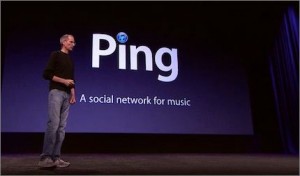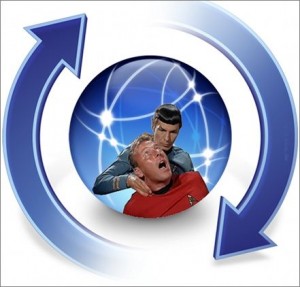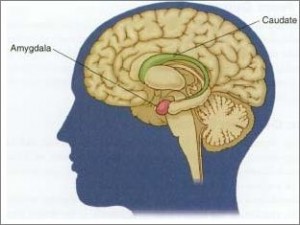CNN has published a lit of the “The 10 Biggest Tech ‘Fails’ of 2010,” and Apple made the list twice. The news powerhouse named the iPhone 4’s “Antennagate” kerfuffle as the #1 “Tech Fail” of 2010, while Ping was included as #10, both of which were included in our Ted Landau’s list of the five “bottom” stories of the year where Apple was portrayed in a bad light.
Taking the top spot in the list was the so-called “Antennagate” problem where some users lost all signal to their carrier when holding the device in certain way that became known as the “Death Grip.”
“First Apple said the problem didn’t exist,” CNN’s Doug Gross wrote. “Then they said it was a software issue. Then they kind-of admitted it existed and gave away free cases to help. Then, they said it doesn’t really exist anymore and stopped giving away the bumpers.”
All of which is fairly accurate and to the point, but CNN also noted that, “Months later, the problem is all but forgotten and the phones show no sign of dipping in popularity. So ‘fail,’ in this case, is a pretty relative term.”
Which begs the question of how this qualifies as one of the biggest “Tech Fails” of the year — the iPhone 4 is the single most successful smartphone on the planet, after all.
Then again, he labeled the scandal as a “Tech Fail,” and not the device itself, an important distinction. Apple’s efforts to correct perceptions was massive, and the company received more negative ink for this issue than it has since the days when Michael Diesel was hiding under his desk in Cupertino or Gil Amelio was wielding the corporate firing axe like Paul Bunyun on a killing spree.
While Apple came out the other side of this problem just fine, it took a Herculean effort by the company to do so.
 Falling in at #10 is Apple’s Ping music social networking service built into-iTunes. “There’s a whole social network set up in Apple’s iTunes store now,” Mr. Gross wrote. “Didn’t know that? Well, there you go.”
Falling in at #10 is Apple’s Ping music social networking service built into-iTunes. “There’s a whole social network set up in Apple’s iTunes store now,” Mr. Gross wrote. “Didn’t know that? Well, there you go.”
He noted that not all artists participate in the service, and that it doesn’t integrate with Facebook. “And, a lot of the time,” he wrote, “it simply pushes you to buy music. Needless to say, Ping hasn’t really caught on.”
Also included in the list are:
- 2. 3-D TV
- 3. Microsoft Kin
- 4. Nexus One
- 5. Facebook privacy
- 6. Google Buzz
- 7. Gawker media sites hacked
- 8. Content farms
- 9. Digg relaunch

